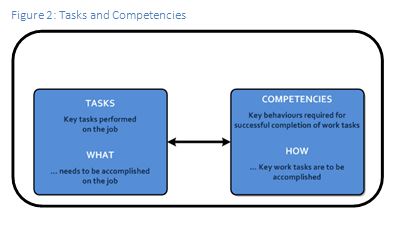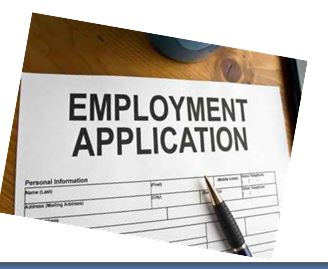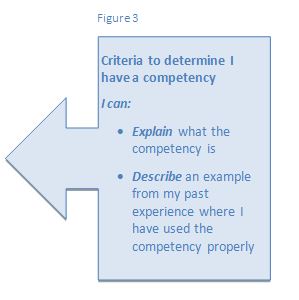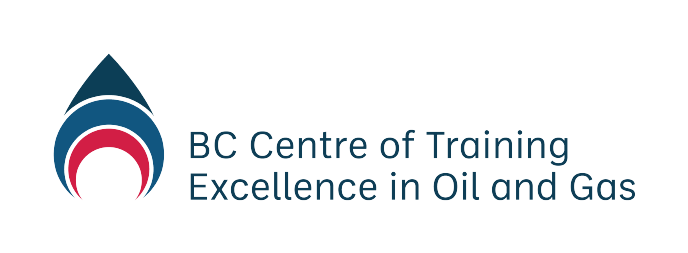-
Module 2.0 How to be Successful in this Course
-
Module 2.1 Introduction to Natural Gas
-
Module 2.2 The Natural Gas Industry in British Columbia
- Overview
- Learning Outcomes
- Natural Gas Science – The Simple Version
- Natural Gas Science – Chemistry
- Natural Gas Science – Physics
- Natural Gas Science – Units of Measurement
- Natural Gas Science – Geology
- Natural Gas Resources and Uses
- Oversight of the Natural Gas Industry
- Understanding Land Rights and Natural Gas
- Energy and the Future
-
Module 2.3 Upstream – Well Site Selection, Preparation and Drilling, Completion, Production, Water Recycling, and Reclamation
- Learning Outcomes
- The Upstream Sector – Extraction and Processing
- The Upstream Sector – Exploration and Site Selection
- The Upstream Sector – Preparation and Drilling
- The Upstream Sector – Completion
- The Upstream Sector – Production
- The Upstream Sector – Water Recycling
- The Upstream Sector – Reclamation
- Upstream Companies and Jobs in British Columbia – Companies
- Upstream Companies and Jobs in British Columbia – Industry Associations
- Upstream Companies and Jobs in British Columbia – Professional Associations
- New Vocabulary
-
Module 2.4 Midstream – Transportation, Processing, Refining
- Learning Outcomes
- The Midstream Sector
- The Midstream Sector – Processing Natural Gas
- The Midstream Sector – Liquefied Natural Gas
- The Midstream Sector – An Emerging Industry
- The Midstream Sector – Processing LNG
- The Midstream Sector – Proposed LNG Projects in British Columbia
- Transportation
- Midstream Companies and Jobs in British Columbia
-
Module 2.5 Downstream – Refining and Markets
-
Module 2.6 Health and Wellness in the Natural Gas Industry
-
Module 2.7 Safety
-
Module 2.8 Terminology and Communication
-
Module 2.9 Jobs and Careers
- Learning Outcomes
- Industry Outlook
- Technology is Changing Workforce and Skills
- Employment in the Natural Gas Industry
- Employment in the Natural Gas Industry – Types of Employment
- Employment in the Natural Gas Industry – Range of Jobs
- Employment in the Natural Gas Industry – High Demand Jobs and Occupations
- Occupational Education and Training
-
Module 3.0 How to be a Valued Employee
-
Module 3.1 Identifying Interests and Skills
-
Module 3.2 Looking for Employment in Natural Gas
-
Module 3.3 Applying for Employment in Natural Gas
Why?

An increasing number of companies and industries in Canada, including the natural gas industry, are using competencies as a basis for hiring, advancement, development, and other human resource decisions. Major industries and professional bodies use them to support certification, registration, and licensing. These practices provide greater assurance that the minimum standard of skills, knowledge, and abilities required to work successfully and safely in an occupation have been met.
Tasks and Competencies

A simple way to think about a job is as a series of tasks.
- Tasks describe what needs to be done.
- Competencies describe how the task or job is done.
Competencies are observable skills, knowledge, abilities, motivation, or traits defined in terms of the behaviours needed for successful job performance.
General Competencies
Companies that use competencies often have a list of general competencies which they designate as being a requirement for almost any job in the company. It helps employers hire people with common skills which in turn reduces the risk of hiring people who “don’t fit” in the organization, but also supports efficient performance management, training and development, advancement, and mobility (assignment to projects, lateral movements between jobs) once an individual has been hired.
Table 1 highlights the competencies that natural gas employers, in fact many employers, look for in their employees, and in particular when hiring new employees.
Benefit of Competencies

Competencies help:
- Employers communicate expectations about how a job should be performed
- Job seekers, employees, and contractors
– understand what a job is, what the employer wants and how to do it to the standard the employer expects
– communicate their skills, knowledge, and experience to employers in a way that they can understand.
For example, a job posting may list “good communication skills” as a requirement, without explaining what that means.
Written as a competency for a specific safety-related job, “good communication skills” might mean: “identifies and conveys job site hazards to others verbally and in writing”.
How do I Know What Competencies I Have?

Look at the general competencies shown Table 1. Each competency includes a name, a definition, and a description of what to look for in terms of behaviours that show proper use or application of the competency.
Generally, you have a competency if you can do all of the following:
- Demonstrate clear knowledge and understanding of the competency
- Demonstrate the ability to use the competency correctly
- Show evidence that you have applied the competency, consistently, with minimal or no guidance, in the full range of typical situations for the position over time.
Table 1: General Competencies Natural Gas Employers Look For
| Competency | Adaptability |
|---|---|
| Definition | Works effectively alone and with co-workers from diverse cultures, in ambiguous or changing situations. |
| What to look for | Adapts to the situation.
|
| Competency | Attention to Detail |
|---|---|
| Definition | Works in a conscientious, consistent, and thorough manner. |
| What to look for | Demonstrates concern for thoroughness and accuracy.
|
| Competency | Concern for Safety |
|---|---|
| Definition | Maximizes safety at work. |
| What to look for | Creates a safe working environment for self and others.
|
| Competency | Interactive Communication |
|---|---|
| Definition | Listens to others and communicates clearly. |
| What to look for | Foster two-way communication.
|
| Competency | Problem Solving |
|---|---|
| Definition | Identifies problems and the solutions to them. |
| What to look for | Solves standard problems.
|
| Competency | Quality Focus |
|---|---|
| Definition | Produces output that meets the quality standard set by the organization and take action to solve or notify variations to quality. |
| What to look for | Exceeds quality standards set by organization.
|
| Competency | Resilience |
|---|---|
| Definition | Remains energized and focused in the face of ambiguity, change, or strenuous demands. |
| What to look for | Adapts to ongoing or regular strenuous work demands.
|
| Competency | Teamwork |
|---|---|
| Definition | Works collaboratively with others to achieve team goals and organizational goals. |
| What to look for | Proactively assists and involves others.
|
| Competency | Work Ethics and Values |
|---|---|
| Definition | Demonstrates and supports the organization’s ethics and values. |
| What to look for | Demonstrates the organization’s ethics and values.
|
| Competency | Writing Skills |
|---|---|
| Definition | Communicates ideas and information in writing so that it is understood and has the desired impact. |
| What to look for |
|
Learning Activity 3: Create a Job Competency Checklist for your Employment Plan
This learning activity will help you identify competencies you already have and select an example from your past where you have demonstrated it..
Instructions
- Read through the general competencies on the preceding pages
- Fill out Form 4 using the criteria in Form 4 to identify the general competencies that you have
- For each competency, think of an example from your work experience, or some other part of your life experience, that shows how you have applied or used the competency properly
- Write your example in the space provided as if you were explaining it to an employer
- Working with a classmate, review each other’s Competency Checklists and provide constructive feedback
- Listen carefully to how your classmate describes their example; is it understandable? If not, help them clarify it.
- Place your completed Competency Checklist in a separate folder where you can store all of the pieces of your employment plan as you complete them.
Learning Activity 4: Create a Career or Job Summary for your employment plan
This activity will help you identify careers and jobs in the natural gas industry that are interesting to you, and then determine which ones you would like to pursue.
Instructions
- Re-visit Website 1 and review the information there
- Take the Choose Your Future in Oil & Gas Interactive Quiz
- Select one of the careers or jobs you listed in the Form 5, My Career and Job Choices, and then complete Form 6, Career and Job Summary
- Complete Form 5, My Career and Job Choices
- Place both completed forms in your employment plan folder.
Learning Activity 5: Create a Career/Job Skills and Qualifications Checklist
This activity will help you determine how qualified you are for a specific career or job that you are interested in.
Instructions
- Select one of the career/jobs you identified in learning activity 4, or re-visit website 1 and select a different one
- Complete Form 7, Job Skills and Qualifications Checklist and place in your employment plan folder.
